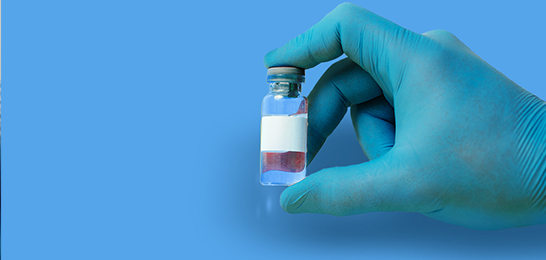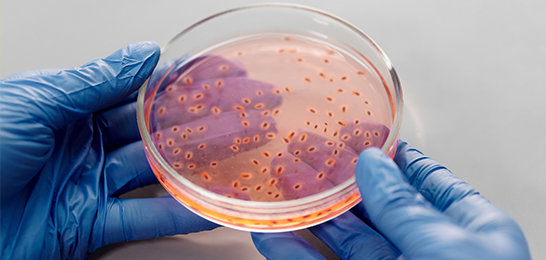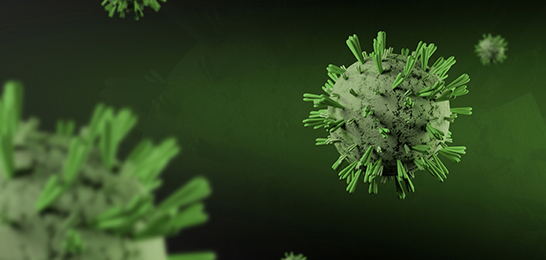Published Date: May 15 2023
Patients with skin lesions or freckles in the field of skin laser cosmetology suffer from physical and mental pain, which lowers their social confidence and severely affects their quality of life. In the treatment of patients in the field of skin laser cosmetology, cosmetic principles should be followed to maximize the improvement of facial appearance. Common skin diseases in the field of skin laser cosmetology include freckles, pigmented nevi, skin tags, seborrheic keratoses, skin warts, and seborrheic keratosis. Various lasers are commonly used in clinical treatment.
Recombinant human epidermal growth factor promotes skin healing
During the treatment process, there is a certain degree of thermal injury, especially in Asians, which easily leads to pigmentation after laser treatment. At the same time, the laser treatment can produce a strong pain sensation, which can cause changes in skin optical properties. Therefore, although various laser treatments can to some extent improve the skin, repair after trauma is still very important. After laser treatment, the application of recombinant human epidermal growth factor can alleviate local inflammatory reactions and prevent infection. On the other hand, it can promote wound healing, accelerate wound healing, prevent secondary pigmentation and scar formation, promote the improvement of healing quality, and have no toxic side effects.
The application of recombinant human epidermal growth factor in laser cosmetology
Wound healing is a complex pathological and physiological process, generally including three stages. The first stage is fibrin filling, the second stage is cell proliferation, and the third stage is tissue plasticity. Recombinant human epidermal growth factor is an endocrine chemotactic factor in the human and animal body, and it extensively exists in the body. It can promote the migration of keratin-forming cells, endothelial cells, and fibroblasts to the injured site. It can also promote cell proliferation as a mitogen, improve epidermal regeneration function, effectively accelerate wound repair, and inhibit scar formation. It forms a protective film on the surface of the wound to inhibit bacterial growth and reproduction, providing a good healing environment for wound healing, improving non-specific immune function, and preventing infection.
In the study, the routine group was treated with conventional methods, and the recombinant human epidermal growth factor group added treatment with recombinant human epidermal growth factor on the basis of the routine group. The results showed that the effectiveness rate of the recombinant human epidermal growth factor group was higher than that of the conventional group in skin disease treatment. The wound healing time, scabbing time, and scabbing falling-off time of the recombinant human epidermal growth factor group were shorter than those of the conventional group. The quality of life indicators of the recombinant human epidermal growth factor group were better than those of the conventional group after treatment. This indicates that the application value of recombinant human epidermal growth factor in the field of skin laser cosmetology is high, which can effectively accelerate wound healing, improve treatment effects, and enhance the quality of life of patients after treatment.









